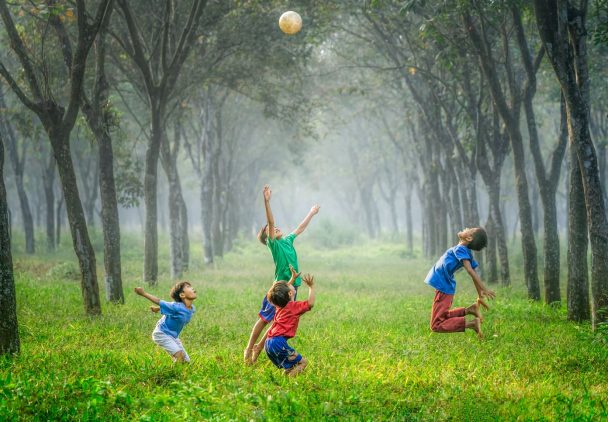Description
PLEASE NOTE: This course is only about offline games!
This course takes inspiration from observations, discussions, and polls that have been conducted throughout our teacher training courses in the last three years with teachers from all around Europe and beyond. When asked, most teachers show small satisfaction with playtime and downtime, both in quality and quantity.
Playtime is the time we spend in new activities where we can experiment with a new part of ourselves, empower cognitive and social skills, and have fun. Downtime is the time we use to do “nothing” … Or better said, to actually recharge our batteries and to be ready for upcoming challenges and tasks!
Playtime and downtime can offer a sense of engagement and pleasure, therefore allowing people to feel spontaneous and energetic, and empowering their problem-solving and resilience skills. Also, providing our minds with these time dimensions can speed up learning and enhance productivity, cooperation, and job satisfaction.
School-life balance is not a utopia if we put our body, heart, and mind into something that is natural for small children and slowly abandoned as we grow up: having fun and some rest, reconnecting with our spontaneous inner child that is still available and ready to play and rest if we only give them a chance.
What is included
Learning outcomes
The course will help the participants to:
- Allow yourself downtime and playtime, while coping with resistance, rumination, negative self-talk, and perfectionism, and reconnect with your inner child;
- Use humor and positive coping strategies against tiredness and stress;
- Access downtime, experiment and learn how to use antistress techniques by yourself and students through mindfulness and Autogenic training practices;
- Experiment and implement outdoor and indoor games (on the beach, in nature, in the school) to have fun and increase creativity, empathy, self-expression, and collaboration;
- Be ready to go back to school with plenty of energy so that you can share and inspire your colleagues, and better connect with your students!
- Understand the theory on the Psychology of time to perform good and feel good, interiorizing the connection of play and downtime with well-being and performance – implement activities and make a plan that integrates playtime and downtime in your teaching practice but also in your private life.
Tentative schedule
Day 1 – Course Introduction
- Introduction to the course, the school, and the external week activities;
- Icebreaker activities;
- Presentations of the participants’ schools;
- The Psychology of time;
- Playtime and downtime.
Day 2 – Give time to yourself!
- Give time to yourself!;
- Resistances to play and downtime;
- Playtime: activities for team building and self-expression;
- Down Time: give yourself the opportunity to access downtime.
Day 3 – Play Time, Down Time, and Mindfulness
- Play Time, Down Time, and Mindfulness;
- Playtime: activities for fun and creative thinking;
- Mindfulness and Autogenic Training.
Day 4 – Play Time and Self-Awareness
- Play Time and Self-Awareness;
- Body, Thoughts, and Emotions in Playtime and Downtime.
Day 5 – Playing With Playing Time and Down Time
- Playing With Playing Time and Down Time;
- Project implementation. Let’s bring fun and downtime to our classrooms!
Day 6 – Course closure & external activities
- Course evaluation: round-up of acquired competencies, feedback, and discussion;
- Awarding of the course Certificate of Attendance;
- Excursion and other external cultural activities.







